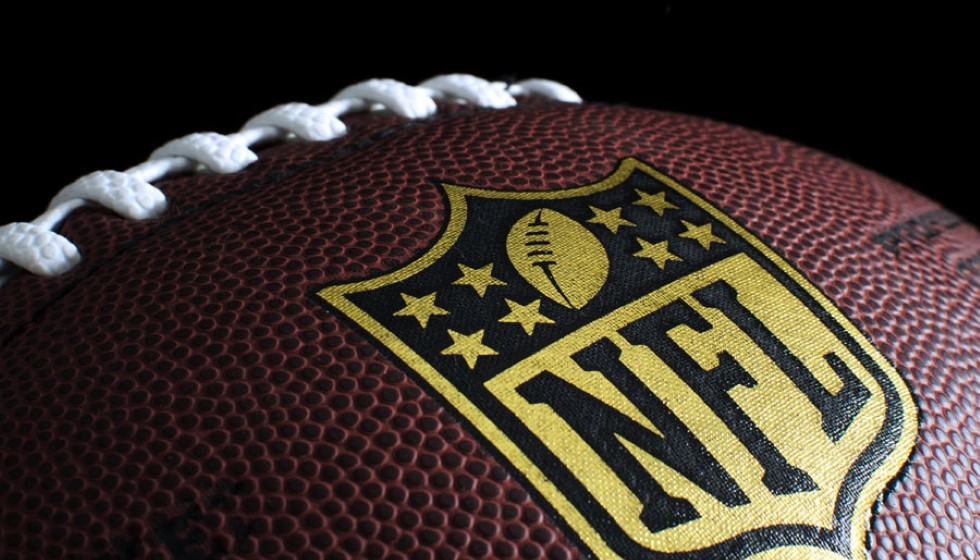
In a fascinating blend of sport and pop culture, the NFL has found a new influencer unrelated to its traditional sports heroes. Taylor Swift, one of the music industry's heavyweight stars, is making waves within the league, particularly through her association with the Kansas City Chiefs. This unexpected intertwining is not only stirring excitement among NFL fans but is also shaping broadcast strategies and scheduling logistics.
Swift's Impact on the NFL
While football and music may seem like an unlikely pairing, the NFL's dynamic scheduling process already accommodates a myriad of variables. Mike North, the league's Vice President of Broadcast Planning, describes the complicated task of crafting a schedule amidst an array of considerations, involving more than 26,000 factors leading to a staggering one quadrillion possibilities. "We've got MLS teams playing in our buildings," North notes, highlighting the complexities involved. "Sometimes you've got a major golf tournament or a NASCAR race in the market."
It's within this intricate framework that Swift's influence comes into play. While her Eras Tour was not a formal constraint, it did have coincidental overlaps with NFL scheduling in cities like New Orleans, Miami, and Indianapolis. As North admits, the league strives to "put it in the soup and just keep stirring," balancing the demands of different stakeholders while unwittingly integrating pop superstars like Swift into their calculus.
The Kansas City Chiefs: A New Cultural Focal Point
The Chiefs have emerged as a central figure in this narrative. With Swift attending games at Arrowhead Stadium since September 24, 2023, the team has enjoyed an impressive winning record of 18-3 in her presence, contributing to an overall 23-5 streak. This correlation, while anecdotal, is a testament to her impact on the team's visibility. "Obviously, the Kansas City Chiefs are a pretty big brand," North remarks, referencing the sight of "12-year-old girls wearing number 87 Chiefs jerseys," attributed to the team's star player, Travis Kelce.
The sight of young fans in jerseys is not merely a fashion statement but represents a broader demographic shift. Swift's presence at games has notably boosted television ratings, particularly among female viewers aged 12-17 and 18-49. This demographic evolution underscores the significance of having high-profile female figures within traditional male-dominated spaces like the NFL, a trend that North readily acknowledges: "If we can bring more little girls to the television screen and they can see themselves looking back at them, there's nothing but a positive there."
Balancing Tradition and New Influences
Despite this pop-cultural wave, the league remains committed to its core focus: the game. The goal is to harness external influences like Swift's star power without losing sight of the sport itself. "They got national television because they've played their way into those windows," North asserts, ensuring that the athletic triumphs of teams like the Chiefs remain front and center.
The NFL's engagement with iconic figures from outside its traditional sphere showcases an evolving multi-dimensional narrative. While Taylor Swift's presence at NFL games is not the foundational reason for the league's grand strategies, it has undeniably become an intriguing subplot. As her Eras Tour races to conclude in Vancouver in December, her time in the NFL spotlight may informally recede, but the dialogue she has sparked continues to echo through stadiums and living rooms.
This convergence of sports and entertainment prompts a reconsideration of how leagues engage with diverse audiences. It signifies a shift where the NFL, with its roots deeply embedded in American culture, embraces an enhanced narrative driven by new forms of influence. As Swift’s journey through stadiums winds down, the NFL faces the exciting challenge of weaving together these cross-industry relationships to enrich its storied traditions with fresh layers of narrative depth.